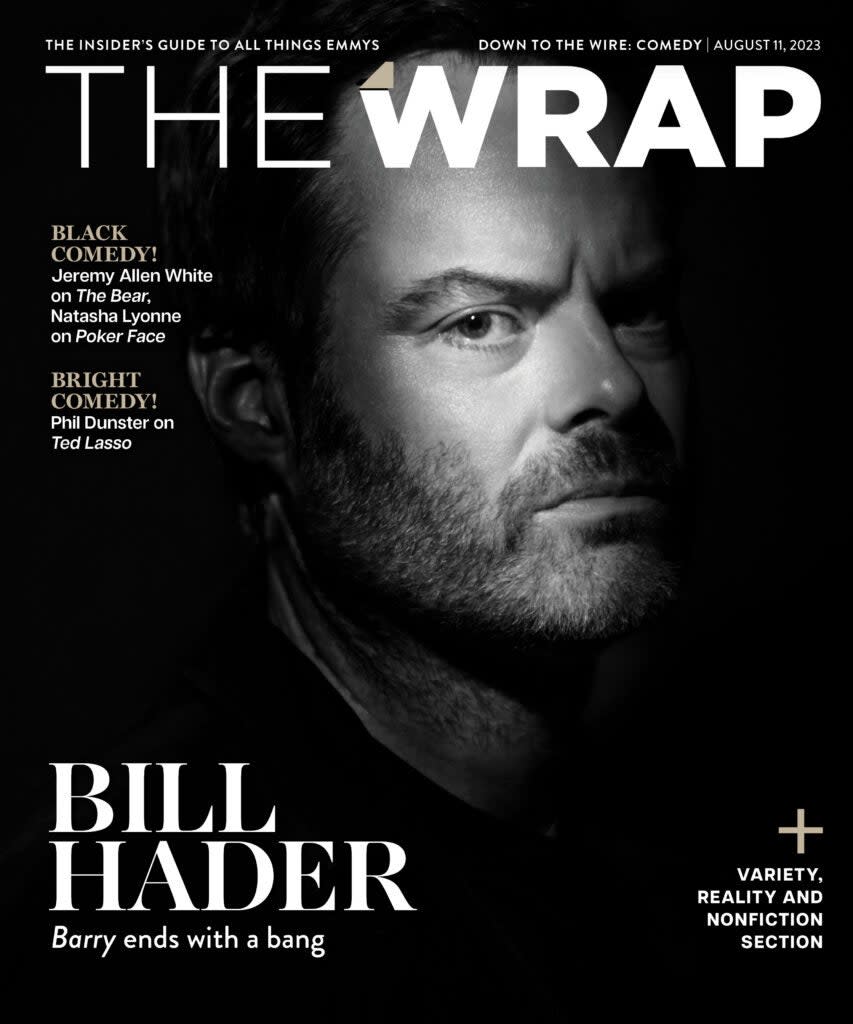‘Still’ Director Davis Guggenheim Explains Why ‘Spin City’ Footage Became Key to Michael J. Fox Documentary
- Oops!Something went wrong.Please try again later.
- Oops!Something went wrong.Please try again later.
- Oops!Something went wrong.Please try again later.
This story about “Still: A Michael J. Fox Movie” first appeared in the Down to the Wire: Comedy/Variety/Reality/Nonfiction issue of TheWrap’s awards magazine.
The last time Davis Guggenheim interviewed Michael J. Fox for the documentary “Still: A Michael J. Fox Movie,” it came at the end of a three-year period in which the filmmaker of “An Inconvenient Truth” and “Waiting for ‘Superman’” had spent time with the actor as he reflected on his life and battled Parkinson’s disease. He left Fox’s home exhausted by the lengthy interview — “interviews are super intense and I’m hyper-focused” — but also feeling as if he’d really gotten to know the 62-year-old actor who’d become a star in his 20s with “Family Ties” and “Back to the Future.”
It was a beautiful spring day, so Guggenheim decided to walk back to his hotel, which was two miles away. On the way, the director, who was on the verge of turning 60 and had been feeling that his career was in a bit of a rut, began to mull over the conversation he’d just had. “I was thinking, ‘Here’s a guy with a chronic disease,’” he said. “Parkinsons is relentless, and over the three years I spent with him, I saw it just take and take and take from him. And here I am, I’ve got a clean bill of health at the moment. So how is it that I feel sorry for myself and that I want what he has?”
Guggenheim put some of that feeling into “Still,” which leads all nonfiction films with seven Emmy nominations, including Outstanding Documentary or Nonfiction Special. And he did so using Fox himself as the storyteller — not just in the interviews he did with Guggenheim, but in the audio versions of the books he’d written and in clips from the movies and TV shows he’d made.
From the books, Guggenheim said, “We had so many great, beautifully written scenes. We reworked them, re-edited them, reassembled them and reordered them, but we had them to work with when most documentaries don’t have anything. We also had his readings from the books on tape, and his voice is so good. So that acts as a kind of narration — he’s definitely leading you through his own story.”
To illustrate that story, Guggenheim planned to use re-enactments, while his editor, Michael Harte, lobbied for turning Fox’s work into its own autobiography of sorts. “David Milch was one of my teachers, and we did ‘Deadwood’ and ‘NYPD Blue’ together,” Guggenheim said. “He always said, ‘The best way to make God laugh is to tell him your plans.’ I never imagined that we’d use (Fox’s) clips the way we did. Michael Harte deserves most of the credit for that.”
One of the clearest examples of how Fox’s work could be used to illustrate his life, he said, came from the 1996-2001 TV series “Spin City.” “This is a point where he hasn’t told anyone he has Parkinson’s, and he’s performing in front of a live audience. And if you look at that footage, you can see his hand turning uncomfortably at a strange angle, and him attempting to hide it. The footage of him on ‘Spin City’ acts like archive — it’s a guy at work hiding his illness.”
Another example, he said, was a scene from the 1988 movie “Bright Lights, Big City,” in which Fox’s character goes on a date with a young woman played by Tracy Pollan, who would become Fox’s wife three months after the release of the movie. “It was shot by Gordon Willis, who shot ‘The Godfather,’” Guggenheim said. “It’s an OK movie, but incredible lighting. There’s a series of storefronts illuminated by streetlights, and it’s Michael J. Fox and Tracy Pollan on a date. And you can tell from their body language that they were falling in love at that moment. It’s kind of extraordinary. Maybe you couldn’t do that in another movie, but Michael’s life was his movies, so you can tell the story that way.”
In the end, Guggenheim did use re-enactments as well, mixing the various techniques into a film that manages to be both unflinching and inspirational. “Michael’s optimism is deeply genuine,” he said. “I think he was born that way, but it’s also very important to him to stay that way.”
Read more from the Down to the Wire: Comedy/Variety/Reality/Nonfiction issue here.
The post ‘Still’ Director Davis Guggenheim Explains Why ‘Spin City’ Footage Became Key to Michael J. Fox Documentary appeared first on TheWrap.


